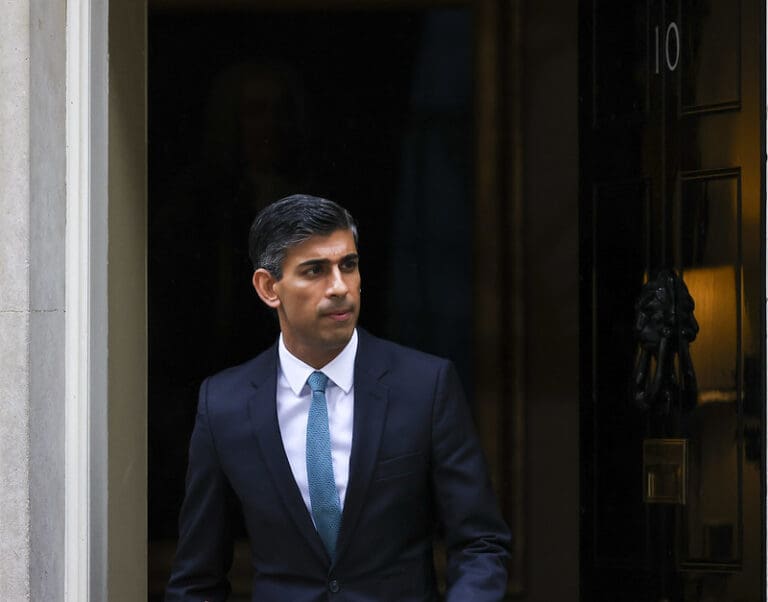Rishi Sunak will deliver an updated Autumn Statement next week, after Liz Truss’ so-called “mini-budget” triggered her demise. His freedom for manoeuvre has been sharply contained by the new found reverence being accorded to the Bank of England and the Office for Budget Responsibility.
The Bank of England has forecast a long recession, which could last two years. A statement treated, unquestioningly, as gospel despite the variety of failures at Threadneedle Street.
The performance of the Bank of England has left a great deal to be desired. Long after any potential threats from the financial crisis of the late 2000s had worked their way through the system, the Bank continued with its incredibly loose monetary policy of quantitative easing with near-zero interest rates. Asset prices and, eventually, the prices of everyday goods and services soared.
The Bank missed the early warning signs that the rise in inflation – even before the energy price surge – was much more than a mere temporary blip. And now it’s tipped over 10 per cent, with pensions and welfare payments set to rise with it, at the hefty cost of £11bn to the Exchequer.
Incredibly, the governor and his senior team have managed to escape any significant criticism, with all the blame being levelled at Liz Truss. It’s not to say the uncertainty of the Truss era did not have its repercussions, but Bailey and his ilk have slipped under the radar.
At the same time, we have also heaped massive importance on the forecasts published by the Office for Budget Responsibility (OBR).
But the plain fact is there is substantial room for error in any particular economic forecast, even just one year ahead, let alone the longer-term horizons we often look to in projections. This has always been the case, but where there is significant geopolitical uncertainty over many of the causes of our woes – such as energy prices and their link to the war in Ukraine – this becomes even more stark.
The Survey of Professional Forecasters (SPF), administered by the Federal Reserve Bank of Philadelphia, has the longest and best maintained database with which to assess the accuracy of economic forecasts. It pertains, mostly, to the US, but the track record elsewhere in the West appears roughly on par.
The SPF data, updated quarterly, goes back to 1968. We can compare the average prediction for one year ahead made by a wide range of forecasters, both public and private sector and using a variety of models, and what actually happened.
The good news for soothsaying economists is that over the 1968-2022 period, the economic projections were on average correct.
But the good news comes to an abrupt end. The correlation over time between the one year ahead GDP growth forecasts and the actual data is zero. What happens is simply that the errors, which can be large, cancel each other out. But any individual forecast is more likely to be wrong than it is to be correct.
Despite advances in the statistical techniques used to build models and, some would claim, developments in macroeconomic theory, there is no evidence that the forecasts are becoming more accurate. Neither does any particular group or approach have a decisive advantage over any other.
Of course, forecasts must be made. But they should be treated not just with a pinch but with a whole tablespoon full of salt.


